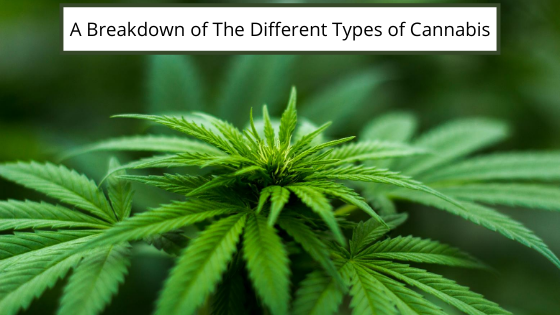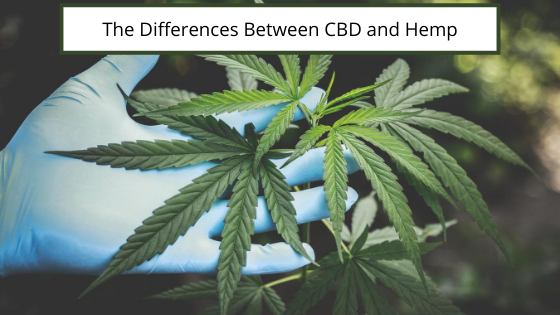The largest work from home experiment of 2020 was cast upon most Americans without any advanced warning. This led to a sudden overhaul in every aspect of our daily lives, from commutes and lunch arrangements to meetings and water cooler chat. Depending on the industry, work is more than just a place to clock in and out, it also holds a hierarchy within its own society and fulfills peoples’ sense of purpose as a member of a team. As a leader, there is no feasible way to believe confidently that you would be able to maintain the same level of supervision over your team when they are working from home. To try and do so would actually be counter-productive. Encourage your employees to transfer their home office into the most productive environment possible by offering suggestions about the atmosphere and lighting. For the people who miss the social aspect of coming into the office, this transition will be the hardest for them.
One thing to avoid is unscheduled, regular, virtual pop-ins. This not only forces your employee to stop their current project and take time away from a deadline in order to talk to you, but it also serves as a reminder that you might not trust them to complete tasks on their own. It does not take long for this feeling of being micromanaged to turn into a morale diminisher. Once it reaches this point, it can be hard to regain your employee’s enthusiasm and motivation. The third reason unanticipated check-ins are a bad idea is that they cause employees to suddenly switch gears and lose focus, requiring time to regroup and retrieve their momentum. A much better idea is to have regularly planned group check-ins, in addition to one-on-one meetings. This is the perfect time to go over questions and discuss action plans.
When you meet with your team, it’s important you state clearly what the project goals are, as well as the company goals in general. Include deadlines and expectations and tell your team that they are going to be held accountable, but be sure to emphasize your trust and faith that they can handle their workload. With a collaborative tracking tool, everyone will be able to see everyone else’s progress, as well as have the peace of mind to reach out if help is needed. The idea is to be there when needed without portraying a lack of trust. There are many great project management tools, such as Trello, which is a highly popular productivity platform. Using this tool, staff can collaborate on projects and keep each other updated on changes in real-time as they occur.
This article was originally published on CameronForni.net



